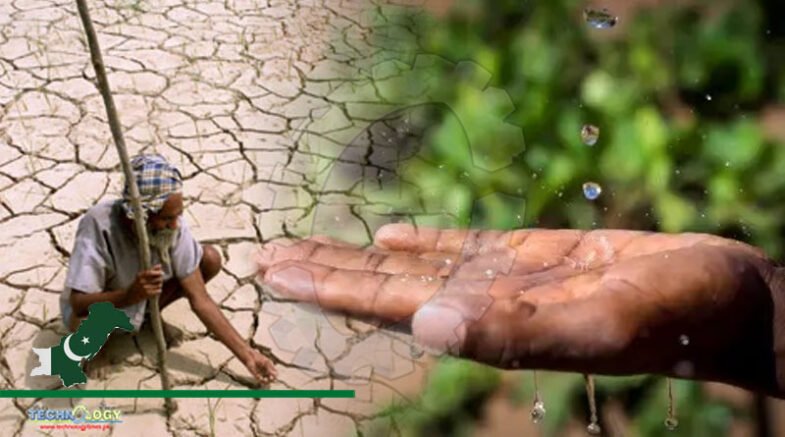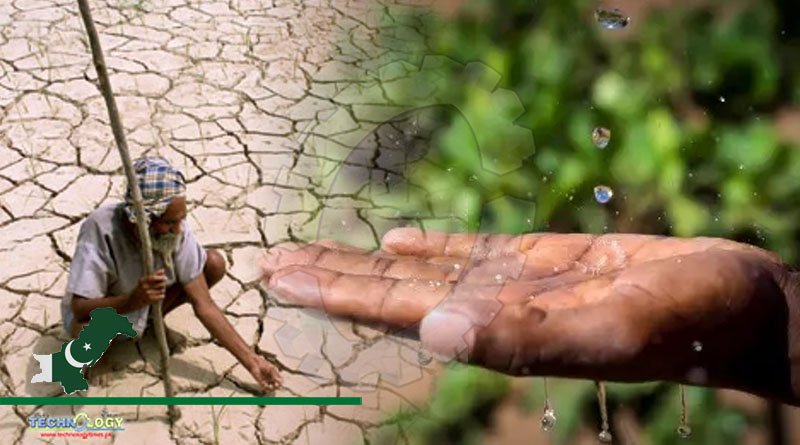The areas of rainfed agriculture in Pakistan are those which totally depend on the rainfall for the cultivation. The total geographic land of Pakistan is 79.6 MHA, of which the crop area covers 23.04 MHA.

The areas of rainfed agriculture in Pakistan are those which totally depend on the rainfall for the cultivation. The total geographic land of Pakistan is 79.6 MHA, of which the crop area covers 23.04 MHA. Further, the cropped area split into two areas. About 18 MHA is irrigated, and the rest is rainfed.
The rainfed agriculture in Pakistan concentrate in another upland, northern mountains, and northeastern plains of the country. The rainfall in these areas varies from less than 100 mm in the hot desert to over 1500 mm in the outer Himalayas. Mostly, rainfall occurs in summer about 60-70 percent from July to September and the rest is falling in winter.
Since its inception, there are so many problems which the masses of the nation have been facing. One of them is the perpetuated growth of the population. These people require food to sustain their life but on account of limited resources and food, there are so many chronic problems that took birth such as food insecurity and so on.
These challenges treat by adopting better agriculture techniques in the irrigated areas as well as rainfed agriculture in Pakistan where the water is not sufficient.
However, rainfed areas are very vast natural resources and the contribution of rainfed agriculture in Pakistan is quite sufficient. Research has found that the rainfed areas of Pakistan sustain 80 percent of the livestock population and contributes 12 percent of wheat, 27 percent of maize, 69 percent of sorghum, 21 percent of millet, 25 percent of rape and mustard, 77 percent of a gram, 90 percent of groundnuts and so on.
Glancing the importance of rainfed areas, it is, therefore, necessary to bring improvement in rainfed agriculture. It not only strengthens the economy of the country but also provides food to the people.
Problems of rainfed agriculture
Due to the diversity of climate, soil, topography, and man-induced changes, rainfed agriculture confronts several problems which indulge a serious threat to the productivity of rainfed areas. Some major problems are discussed below:
- Drought stress: water shortage is the primary concern of rainfed areas, where crops barely take water to complete their lifecycle. The intermittent rains dominate the drought stress; the moisture content of the area is very low.
- Soil erosion: soil erosion is the serious cause in the country (Pakistan). Water and wind cause soil erosion. Water erosion is prevalent mostly when high rainfall occurs, whereas wind erosion is most active in low rainfall sandy desert areas.
- Nutrients depletion: The rain fed areas depend on the rain only and the climatic uncertainties make the farmers compel to do not take risk, because of this they use low inputs. For instance, the actual use of nitrogen for rainfed wheat is 32 kg/ha against the optimum use of 71 kg /ha and the actual use of phosphorus is only 9 kg/ha against the optimum use of 48 kg/ha.
Thus, the actual fertilizers use in rainfed areas is far less than the optimum use. Crop requires optimum amount of nutrients to grow flourish. But due to this, they make the soil exhausted and cause nutrient deficiency. - Weed infestation: weed is an unwanted plant which grows out of its proper place. It is similar to the crop plant and competes with main crop moistly for light, moisture, nutrients, and space. Weed infestation occurs greatly in rainfed areas and damages the main crops.
Solutions
Farmers need to do some practice to eradicate the problems. These are discussing below:
- For management of soil erosion, an integrated approach by having a mixture of crops, forages, trees, and forest plants has been quite useful to farmers to make the best use of degraded lands. Measure to control wind and water erosion are given below:
- Effective control and a check on the uprooting, cutting and burning of natural vegetation on sandy ridges.
- Special tillage practices, especially minimum tillage, should adopt. This will help in the formation of big clods, which cannot easily erod.
- On affected areas, vegetation by strip cropping should create.
- Establishment wind breaks, which help to slow down wind velocity, should be establishment.
- Conservation of moisture in rain fed areas are tillage practices, use of suitable mulches, and addition of organic materials and planting cover crops.
- In high rainfall areas, practically it is impossible to grow a kharif crop without proper weed management. Weeds can be eradicated and problem well managed by hoeing, tillage operations, and proper use of herbicides.
